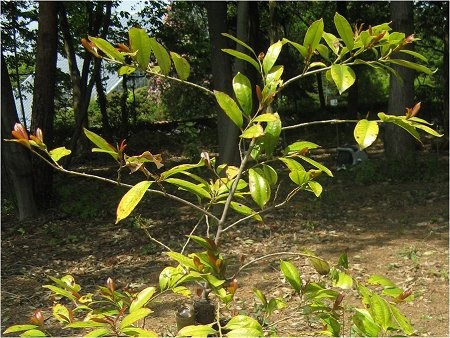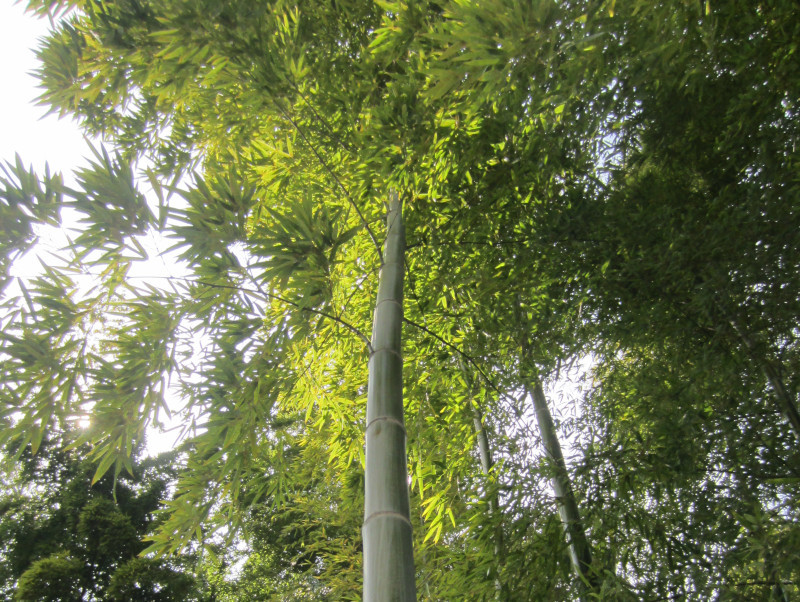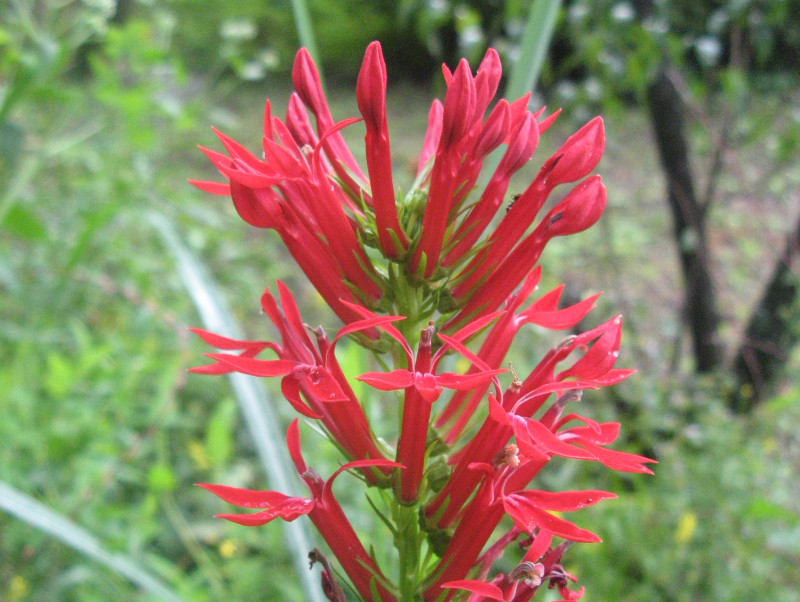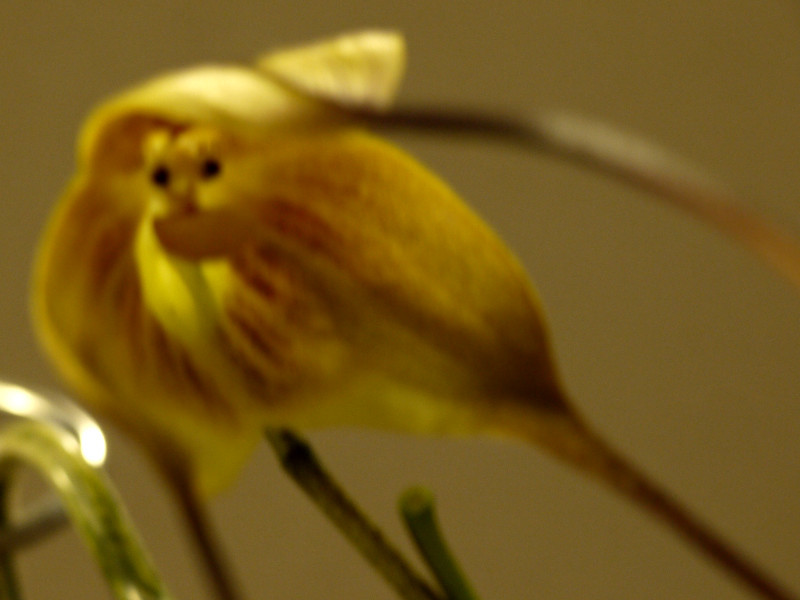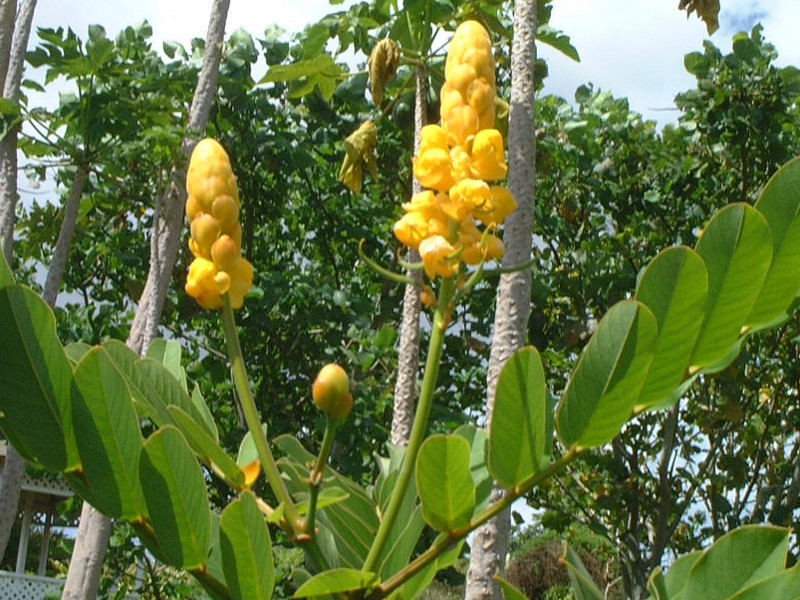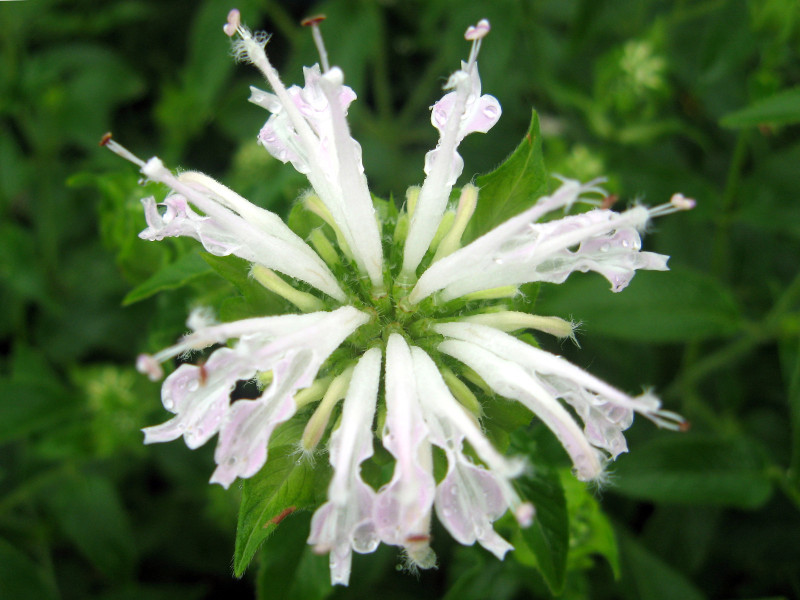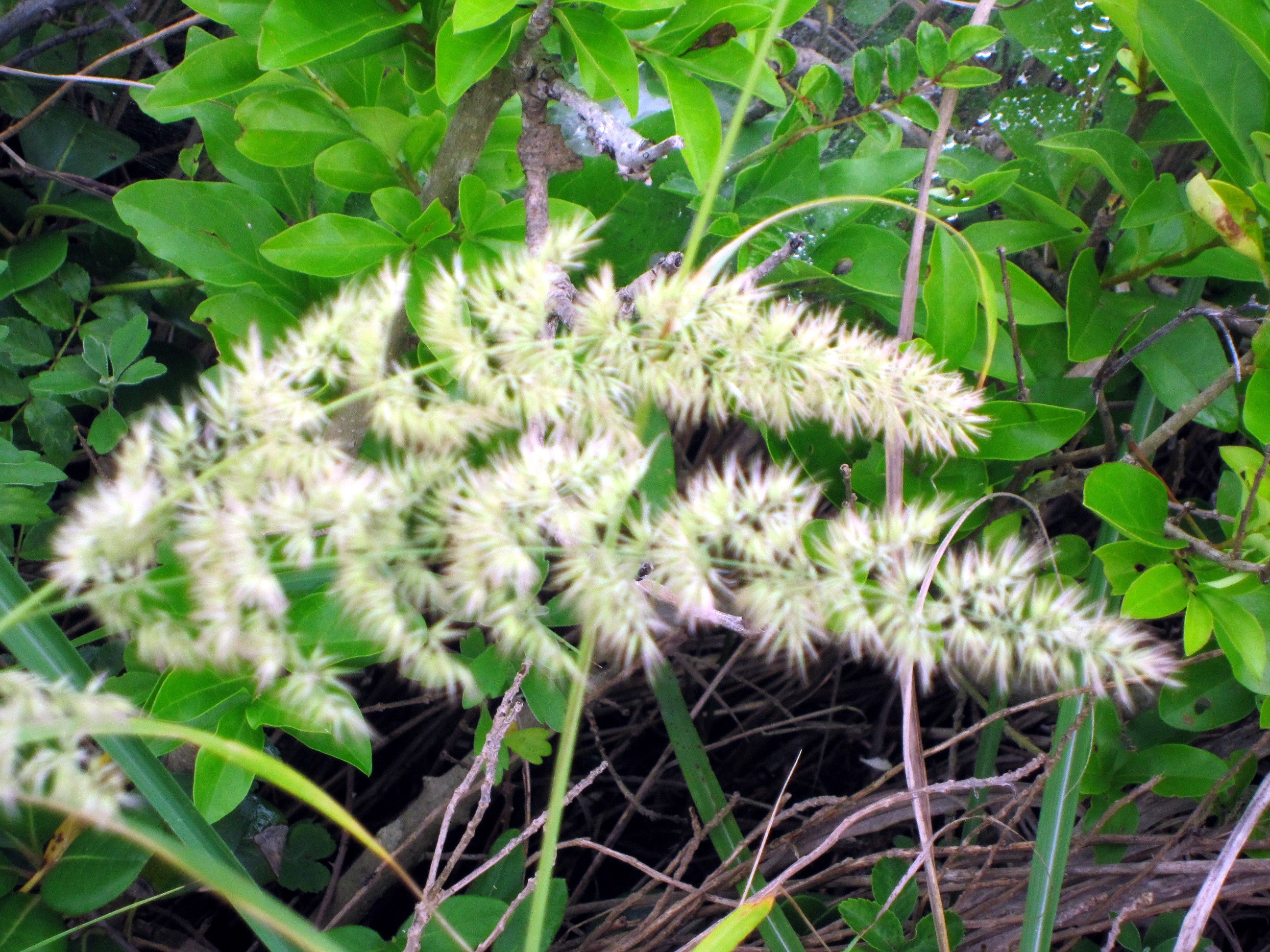Japanese cleyera
- Flower nameJapanese cleyera
- Scientific nameCleyera japonica
- Alias榊, マサカキ, 真榊, ホンサカキ, 本榊, Japanese cleyera, Sakaki, たまぐし, 玉串
- Place of originChina, Taiwan, Myanmar, Nepal, India and Japan
- Place of floweringLow mountains, Cemetery & Temple
- Flowering seasonJune, July
What is Japanese cleyera
Japanese cleyerai, scientific name:Cleyera japonica, in China, Taiwan, Myanmar, Nepal, India, native to Japan and is a moccoc of sacaki genus of evergreen trees. In Japan's Shinto branches with leaves are old and revered to the altar and sacred tree. In the summer, down a small 5 flower axils 1-4 blooms. Flowers first over time in white and pale yellow discolored. The fruit is late autumn-winter black mature. Has green leaves are always assumed to have flourished, with Japanese from Sakaki . Leaf is entire, and palmately lobed in two branches, green leaf color is spread horizontally with the. Uses materials used in construction materials, equipment and products, branches enshrined in the temple and the altar of the House such as the altar. Sakaki no regional, autumnal Hisakaki as a substitute.
General name: Japanese cleyerai, scientific name:Cleyera japonica, aka:Sakaki, Masaki (true Sakaki), Japanese cleyera, origin: China, Taiwan, Myanmar, Nepal, India and Japan, from southern Kanto population distribution: Japan, planting in southern part of Kyushu, China, environment: under the tree and shrines, height: 10-12 m, bark color: light gray, Brown, leaf: egg-shaped oval-oblong, leaf color: green, leaf length: 6 to 10 cm, leaf margin: entire, phyllotaxis 2 column palmately lobed, flowers , Flower diameter:1.5cm, flowering period: June-July, flowering: June - July, flower color: white → pale yellow, floral print long:1.5-2cm, stamens number: 25-30, number of pistils, flower 1: Tip 2-three-lobed, fruit diameter: 1 cm, fruiting period: November to December, fruit shape: sphere diameter, fruit colors: black, applications: construction materials and equipment,Murmur of processed products (wood), ritual (branches and leaves)
